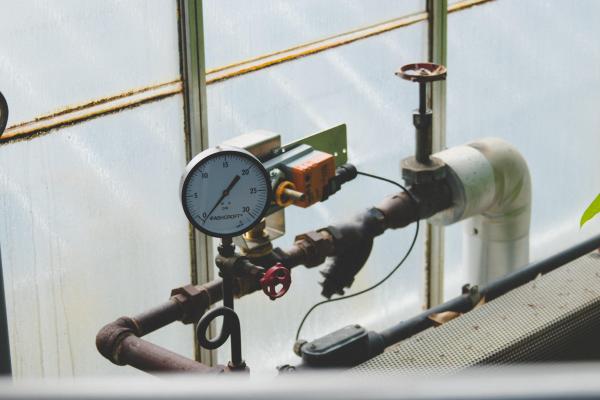How Accurate is Differential Pressure Sensor?
Occasionally, all you need is the difference between your system's two points rendering the absolute pressure unnecessary. This is where a differential pressure sensor comes in handy. You can precisely monitor filter issues, liquid levels in a sealed tank—electric motor torque, and pipeline flow rates.
A differential pressure sensor's accuracy makes it possible to precisely measure the flow of gaseous and liquid media and keep tabs on pumps in different industries. If you are wondering how accurate they are? Read on!
What Is a Differential Pressure Sensor?
The job of this device is to determine the difference in pressure between two points. This pressure sensor has connections on both ends for these pressures. Another advantage is that it can also be used to measure drops in pressure in oil and air filters. They can also use the pressure measurements above & below liquids to determine fluid levels and keep track of the liquid flow.
How Accurate Is a Differential Pressure Sensor?
Usually, a differential pressure sensor has an accuracy of 0.25% FS to 1% FS. In comparison, its maximum error over its whole temperature range is a combination of its different error variables. This concept is referred to as the Total Error Band.
Think of it in the sense that every potential source of error is considered, including calibration errors, temperature effects, etc. A differential measurement with an accuracy of 0.1% FS or above is considered to be of high accuracy. Remember that various uses have an error limit in a given temperature range.
Factors That Determine the Accuracy of a Differential Pressure Sensor
Temperature
The operation of a differential pressure sensor in an application can vary from the accuracy of the stated reference conditions because of the difference in the ambient and process temperatures. The effect of temperature on the accuracy of a differential pressure sensor is minimal near an extended range but becomes significant near a minimum range.
Per formulas in product manuals, the temperature substantially impacts zero point and span accuracies. Specifically, when a range ratio exceeds 100, the temperature influence is approximately 10%.
Now you can get smart differential pressure sensors fitted with inside temperature sensors. The work of these internal sensors is to compensate for any thermal effects that may arise due to shifts in the ambient temperature.
Static Pressure
Static pressure is another factor that affects the span accuracy and transmitter zero of a differential pressure sensor, just like the temperature. This happens when static pressure during the process application is higher than the accuracy of the differential pressure sensor.
The influence error of the static pressure can cause inefficient channel accuracy measurements. Hence, it is essential to adjust the effect of the static pressure as you calibrate the differential pressure sensor.
Turn Down Ratio
Think of the range ratio as the difference between the highest and lowest values a differential pressure sensor can measure with acceptable precision.
A high turndown ratio leads to reduced accuracy, but a high turndown ratio differential pressure sensor still offers many benefits, like a wide range of applications after calibration. Several measurement accuracy and stability issues can arise if you set an extremely high turndown ratio.
Height Variation Between Measurement and Installation Points
Differential pressure sensors for industrial applications are rarely installed close to a measuring point based on the requirements of industrial settings. Instead, it is placed in a centralized location for easy maintenance and operation.
Height variation in the guiding pipe's medium leads to extra pressure, impact, and inaccuracy. Although the variation in height may seem minor, the high density of the medium causes a significant error.
Take Away
The level of differential pressure sensor accuracy depends on your application demands. Is your application high accuracy? Also, the differential pressure sensor is ideal for the mentioned applications and others because of its low cost and accuracy.
Accurate measurements ensure manufacturers save on cost, boosting their profits and making end products more affordable for consumers. It would help to use differential pressure sensors from a reputable company to achieve both low cost and high performance. MicroSensor has the best in the market.

